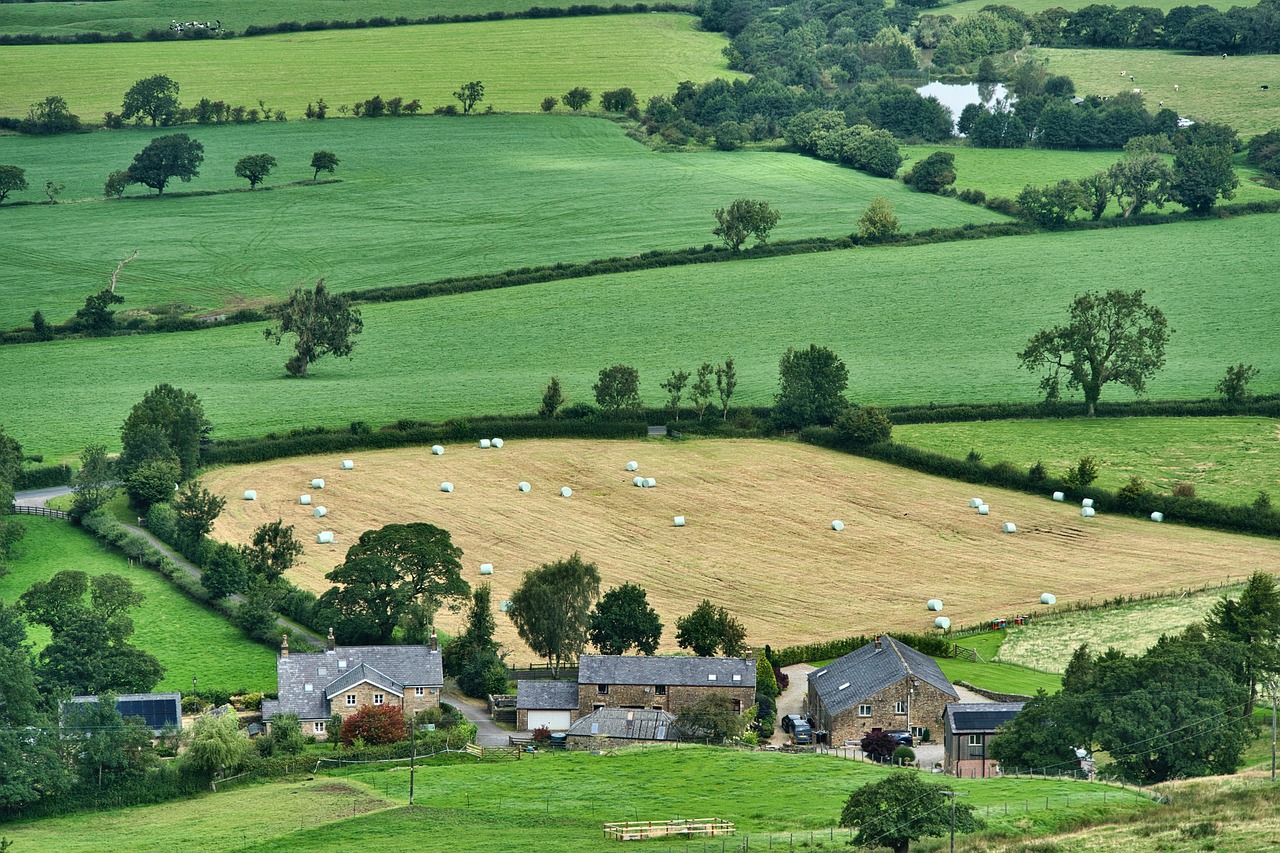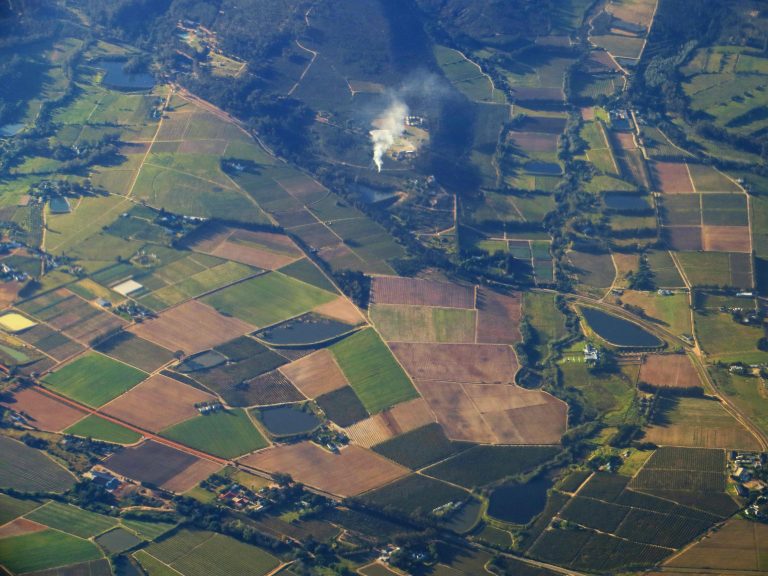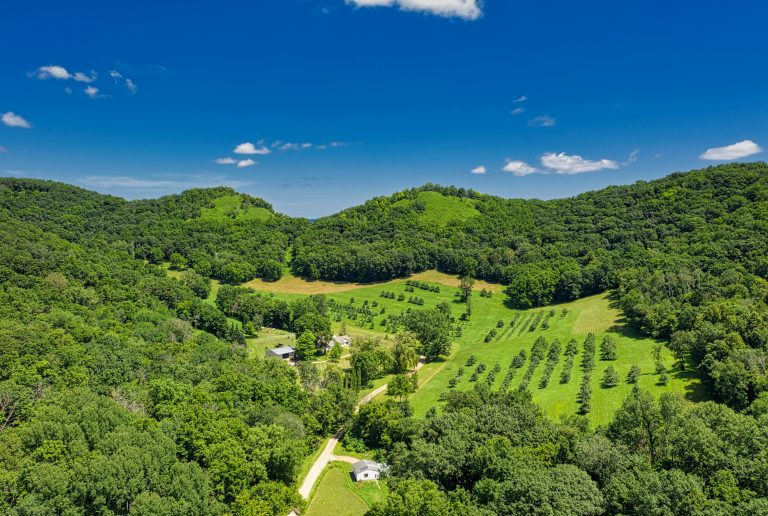Leasing land for farming in Kenya is a wonderful option for those who want to venture into agriculture without the high costs of buying land. Whether you’re a small-scale farmer or an agribusiness investor, understanding the leasing process ensures a smooth and profitable venture. At Fincare Investments, we help farmers and investors find the right land to lease for farming. Here’s a step-by-step guide on how to lease land for farming in Kenya
Step 1: Identify Your Farming Needs
Before leasing land, determine your farming objectives. Ask yourself:
- What type of farming will I do? (Crop farming, dairy, poultry, horticulture, etc.)
- How much land do I need? (Small-scale vs. large-scale farming)
- What location is ideal? (Near markets with good roads and access to water.)
- What is my budget for leasing? (Monthly or yearly lease payments)
Pro Tip: Areas like Isinya, Kajiado, Nakuru, and Laikipia have vast lands available for lease at competitive rates.
Step 2: Research and find suitable land.
Finding the right land requires market research. Here’s how you can search for farmland:
- Online Listings: Websites like Fincare Investments, Jiji Kenya, and PigiaMe have land lease listings.
- Local Contacts: Ask local farmers, landowners, and agricultural cooperatives.
- County Government Offices: Check with county land offices for available agricultural land.
- Real Estate Agents: Some agents specialize in leasing farmland.
Key Considerations: Ensure the land has fertile soil, access to water, excellent road networks, and favorable weather conditions for your chosen crops or livestock.
Step 3: Verify Land Ownership and Lease Terms
To avoid fraud or disputes, verify land ownership with the Ministry of Lands or local authorities. Follow these steps:
- Request a Title Deed Copy: Ensure the land belongs to the lessor.
- Check for Land Disputes: Verify that the land is not involved in legal disputes.
- Confirm Zoning Laws: Ensure the land is legally allowed for farming.
Pro Tip: Always deal with the legal landowner or their appointed representative to avoid scams.
Step 4: Negotiate Lease Terms and Costs
Leasing terms vary based on location, land size, and landowner agreements. Here’s what to discuss:
- Lease Duration: Common lease terms in Kenya are 5-99 years, depending on the land type.
- Payment Terms: Monthly, quarterly, or yearly lease payments.
- Use of Land: Outline permitted farming activities (e.g., crop rotation, livestock farming).
- Land Maintenance: Who is responsible for maintaining roads, fencing, and utilities?
Cost Estimates:
- Small-Scale Land (1-5 acres): Ksh 5,000–Ksh 20,000 per acre per year.
- Large-Scale Land (10+ acres): Ksh 10,000–Ksh 50,000 per acre per year.
- Prime Areas (e.g., Isinya, Kajiado, Laikipia): Higher lease costs due to demand and infrastructure.
Step 5: Sign a Legal Lease Agreement
Once terms are agreed upon, sign a lease agreement to protect both parties. The lease should include:
- Landowner and lessee details
- Lease duration and renewal options
- Payment schedule and penalties for late payments
- Land usage restrictions
- Exit terms and dispute resolution
Legal Tip: Involve a lawyer or a registered real estate agent to ensure the contract is legally binding and meets Kenyan land laws.
Step 6: Register the Lease with the Ministry of Lands
For leases exceeding 5 years, you must register the lease with the Ministry of Lands for legal protection. Required documents include:
- Lease agreement signed by both parties.
- Land title deed copy.
- Identification documents for both parties.
- Stamp duty payment.
Pro Tip: Registration prevents legal disputes and ensures the lease is enforceable in court.
Step 7: Start farming and maximizing productivity
After securing the lease, start farming by preparing the land, sourcing seeds, and hiring labor as needed.
Once the lease is secured, to maximize profits:
- Choose high-demand, high-profit crops like onions, tomatoes, garlic, and watermelon.
- Use modern farming techniques like irrigation, greenhouse farming, and organic fertilizers.
- Sell directly to wholesale markets, supermarkets, or export buyers for higher margins.
Where to Lease Agricultural Land in Kenya?
Some of the best locations to lease farmland include:
- Isinya and Kajiado—ideal for livestock and horticulture.
- Kitengela—Close to Nairobi, ideal for greenhouse farming.
- Laikipia —perfect for large-scale maize and wheat farming.
- Nakuru—fertile land for vegetable and dairy farming.
- Kirinyaga & Meru —excellent for coffee and tea farming.
How Fincare Investments Can Help
At Fincare Investments, we make land leasing simple and hassle-free. We offer:
✅ Verified land lease listings in prime agricultural areas.
✅ Assistance with lease agreements and legal documentation.
✅ Expert advice on choosing the best land for your farming needs.
🚜 Looking for agricultural land to lease? Contact us today for available farmland options in Kenya.
Also visit our properties catalogue for land leases.
Conclusion
Leasing land for farming in Kenya is a cost-effective way to start an agribusiness without huge capital investments. By following legal procedures, verifying land ownership, and negotiating favorable terms, you can secure land for successful farming. Whether you’re growing crops or raising livestock, leasing farmland can be a profitable venture when done right.
For more insights on farming and real estate, explore our blog section or get in touch with Fincare Investments for expert guidance on land leasing in Kenya.






